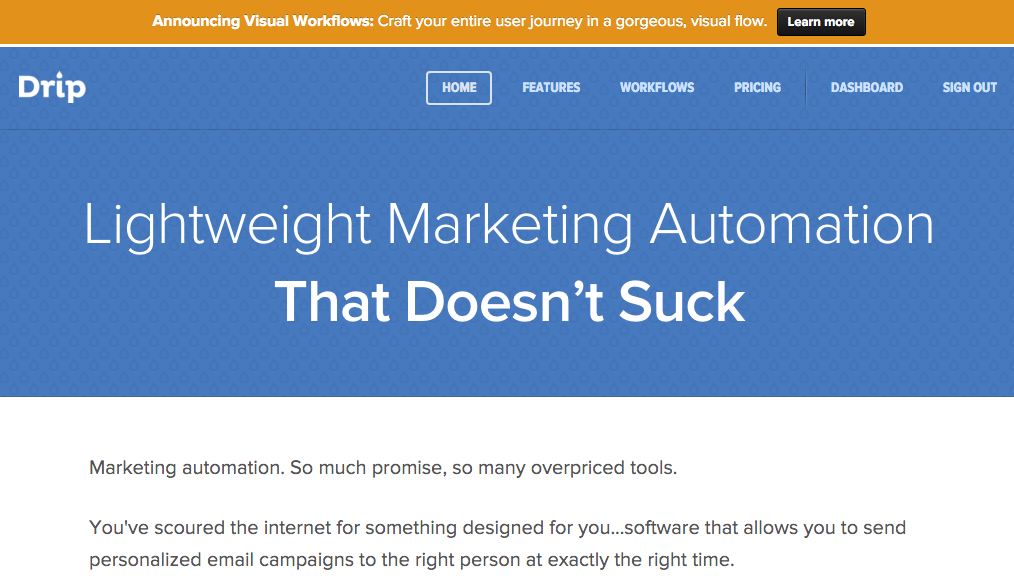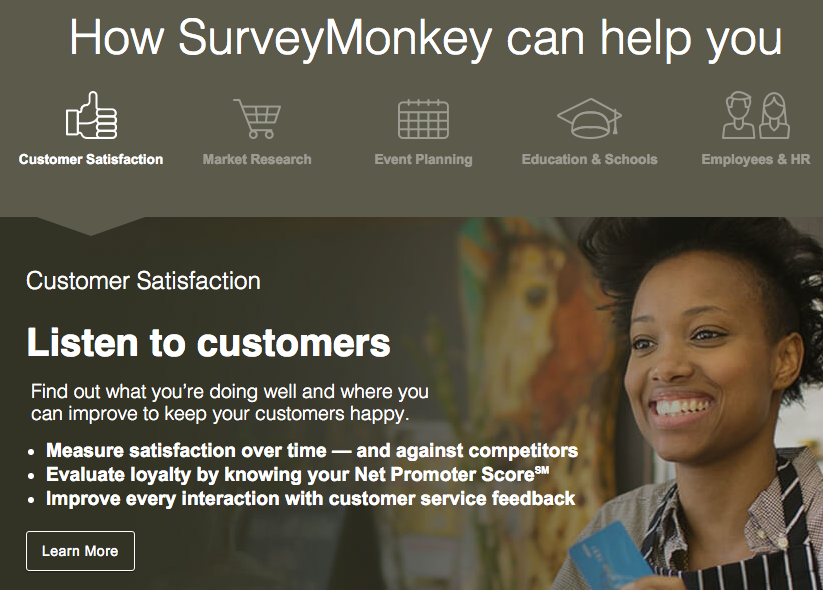First there were carrier pigeons, telegrams, and eventually the phone. Today? Email reigns as the king of all communication methods.
According to a recent study, there are more than 2.5 billion email users worldwide. With so many people using one communication tool, it’s obviously a platform where your nonprofit and fundraising campaign need to be present and active. However, the average person also sends and receives over 205 emails per day—meaning it’s a pretty cluttered space.
You know email is a powerful tool. But, you’re concerned with how you can cut through all of the noise in order to reach and engage your supporters and community.
So what do you do? The answer is to use different email strategies to help your messages stand out.
It might seem daunting, but it’s not impossible! Here are four email strategies you can use to engage your current supporters, and continue to reach new ones. Now, we just need to hope that carrier pigeons don’t gain popularity again.
1. Utilize Autoresponders
An autoresponder might sound like some futuristic tool straight out of The Jetsons. But, I promise, it’s something that will help immensely when it comes to managing and engaging your email list.
So, what exactly is an autoresponder? Some people think autoresponders are just programmed replies that get sent out in response to received messages—hence the “responder” piece of the word. However, they extend far beyond that, and they’re an incredibly smart email strategy for marketing your campaign and reaching out to your supporters.
Autoresponders are essentially a sequence of email marketing messages that are distributed at the frequency you decide. They’re often triggered by a particular action a user performs on your website, such as signing up for your email list or making a donation.
For example, let’s say that someone donates to your cause. Following their donation, you could set up an autoresponder to send them a genuine thank you message and illustrate the impact that their support has.
Or, when someone opts in to your email list, send them a “welcome” message and share how happy you are to have them as part of your community, as well as include an overview of your mission. There’s a 50% open rate for welcome messages, making them 86% more effective than email newsletters—so, make that note count.
“There’s a 50% open rate for welcome messages, making them 86% more effective than email newsletters—so, make it count…” tweet this
What are some other autoresponder ideas you could implement to engage your nonprofit community?
- Send out an email message every time you publish a new blog post with a link directly to the new content, driving more community members to your website
- Set up a series of emails that act as a tutorial for your new volunteers or individual fundraisers, so everybody’s on the same page when it comes to your campaign information
- Split up a captivating story from your campaign and send it in email “chapters” day after day, engaging your community members and bringing them back for more

Of course, those are just a few ideas. There are tons of different ways you can use autoresponders to your benefit, and many different platforms you can use to create them—including Drip, Mailchimp, and Infusionsoft.
2. Tell A Story
I mentioned utilizing email to share an inspiring campaign from your story up above. But, let’s dive into that concept a little more.
We’re all human. And, most of us donate to causes because we want to feel like we’re really helping—like we’re a part of something bigger than ourselves.
This means you need to stray away from constantly bombarding your supporters with statistics and dry updates (although, those can be important too!), and instead make an effort to focus on the more human side of your story. As people, we’re interested in helping others—not robots.

How do you do this? With your campaign narrative, of course!
Perhaps you’ll share the inspiring story of a community that finally has access to clean water due to your efforts. Or, maybe you’ll tell the tale of the police dogs that received vests because of your donations. Find the heart of your mission, and then share it via email.
One of the golden rules of email marketing is to provide value for your subscribers. But, as a nonprofit, you’re not going to be shooting free t-shirts out of a cannon, offering an app, or providing an educational resource that teaches them how to improve in a certain aspect of their lives or careers.
“One of the golden rules of email marketing is to provide value for your subscribers…” tweet this
Instead, the value you’re offering your supporters is the ability to feel inspired, connected, and good about themselves. If you ask me, that’s way better than any freebie t-shirt. So, make sure you do your best to emphasize that benefit.
3. Ask For Feedback
Engagement is a two way street—meaning you shouldn’t plan to inundate your supporters and subscribers with tons of emails and marketing messages, without ever trying to encourage any sort of conversation and feedback.
Sending out surveys and questionnaires is a great way to not only engage your nonprofit community, but also demonstrate that you value their opinions and suggestions about how all of your processes work.
“Engagement is a 2 way street—meaning you shouldn’t inundate your supporters & subscribers with tons of emails…” tweet this

Luckily, requesting their feedback doesn’t need to be complicated. You can use a free tool like Google Forms or SurveyMonkey to set up your questionnaire and then simply send out the link to that resource in an email.
Worried that nobody will take the time to fill it out? Well, it’s a common concern. So, if you can think of something to offer in return for your community’s responses, it’s an effective way to try to collect as many suggestions as possible.
You don’t need to send them a sports car or even a coffee mug. Simple freebies will do, including:
- A social media badge or profile photo they can proudly display on their accounts
- Access to an exclusive video clip or piece of valuable content
- Access to a private discussion group, where they can become further engaged with your community
4. Include Social Links
Email is definitely an effective strategy for engaging your supporters and spreading the word about all of the great work you’re doing. But, the chances of your community being totally engaged in interacting with you back and forth via email constantly? It’s probably slim to none.
We all deal with cluttered inboxes all day, every day—meaning your supporters likely won’t be sitting in front of their computer screens eagerly awaiting your next message and their chance to reply.

Instead, think of your emails as a funnel to direct engagement elsewhere. Where exactly is this “elsewhere”? Well, your social media accounts or your campaign site is a great place to direct their attention.
Ensure that you include the necessary links and social handles in all of your emails to encourage your supporters to connect and converse with you on those platforms. After all, they’ll have a hard time interacting with you if they can’t even find you.
And, the easier you can make it for them to communicate and engage with you, the more likely they are to actually do it.
“The easier you can make it for them to communicate and engage with you, the more likely they are to actually do it…” tweet this
Final Thoughts
Think email is only good for work messages, meeting reminders, and the occasional coupon from your favorite retailer? Think again. Email is one of the most popular communication methods today, making it an extremely powerful tool you need to leverage in order to engage your supporters and interact with your nonprofit community.
But, if you’re new to the world of email marketing, the whole concept can seem a little overwhelming. Luckily, it doesn’t need to be too complicated! Keep these four email strategies in mind, and you’re well on your way to engaging—and growing!—your nonprofit email list.
And, if we eventually switch back to carrier pigeons? Well, that will be a whole separate battle.




